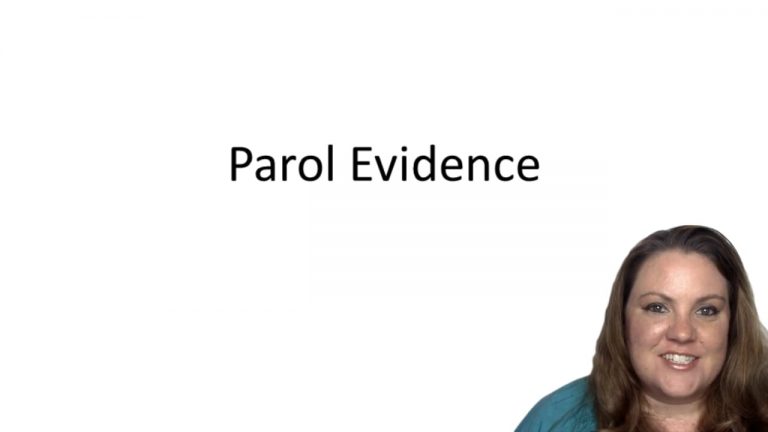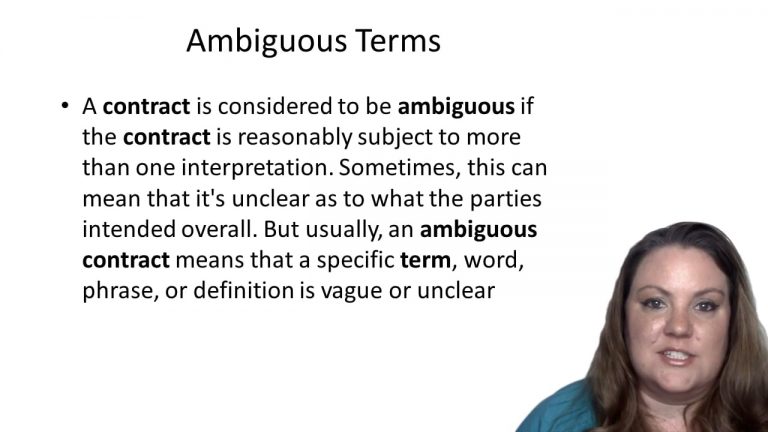SmartBrief
Confirm favorite deletion?
Contracts Keyed to Blum
Atwater Creamery Co. v. Western National Mutual Insurance Co.
Citation:
366 N.W.2d 271 (1985)Facts
Plaintiff was a creamery and supplier of farm chemicals. One weekend, $15,587.40 worth of chemicals were stolen from a facility the Plaintiff owned. Some of the doors of the facility had deadbolts, padlocks, or large hasps held by turnbuckles. On the Monday after the alleged burglary, the deadbolts were locked, but the padlocks were missing, and the turnbuckles were loosened. The local police, sheriff’s department, and state Bureau of Criminal Investigation determined it was not an inside job.
Plaintiff was insured against burglary by Defendant up to a maximum of $20,000. The insurance policy stated that “evidence of forcible entry” was required under burglary. Then, Plaintiff filed a claim with Defendant under the burglary policy. However, Defendant denied coverage because there was no evidence of forcible entry as required by definition in the policy. Plaintiff then filed suit against Defendant.
Only StudyBuddy Pro offers the complete Case Brief Anatomy*
Access the most important case brief elements for optimal case understanding.
*Case Brief Anatomy includes: Brief Prologue, Complete Case Brief, Brief Epilogue
- The Brief Prologue provides necessary case brief introductory information and includes:
Topic:
Identifies the topic of law and where this case fits within your course outline.Parties:
Identifies the cast of characters involved in the case.Procedural Posture & History:
Shares the case history with how lower courts have ruled on the matter.Case Key Terms, Acts, Doctrines, etc.:
A case specific Legal Term Dictionary.Case Doctrines, Acts, Statutes, Amendments and Treatises:
Identifies and Defines Legal Authority used in this case.
- The Case Brief is the complete case summarized and authored in the traditional Law School I.R.A.C. format. The Pro case brief includes:
Brief Facts:
A Synopsis of the Facts of the case.Rule of Law:
Identifies the Legal Principle the Court used in deciding the case.Facts:
What are the factual circumstances that gave rise to the civil or criminal case? What is the relationship of the Parties that are involved in the case.Issue(s):
Lists the Questions of Law that are raised by the Facts of the case.Holding:
Shares the Court's answer to the legal questions raised in the issue.Concurring / Dissenting Opinions:
Includes valuable concurring or dissenting opinions and their key points.Reasoning and Analysis:
Identifies the chain of argument(s) which led the judges to rule as they did.
- The Brief Prologue closes the case brief with important forward-looking discussion and includes:
Policy:
Identifies the Policy if any that has been established by the case.Court Direction:
Shares where the Court went from here for this case.
Topic Resources
Topic Videos
 6m 23s
6m 23s 5m 13s
5m 13sTopic Outline
Topic Refresher Course
